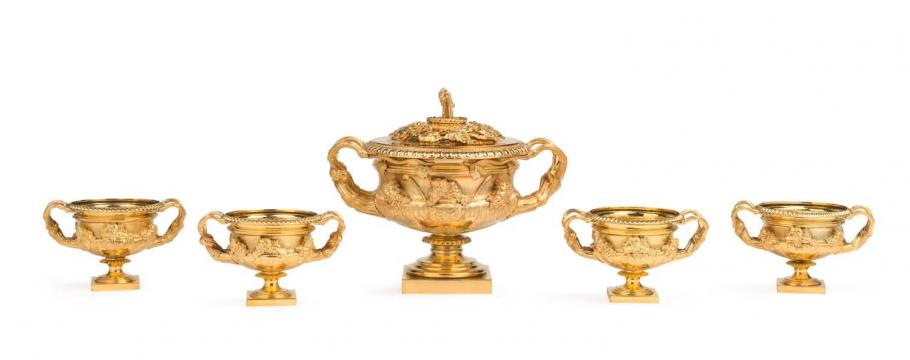
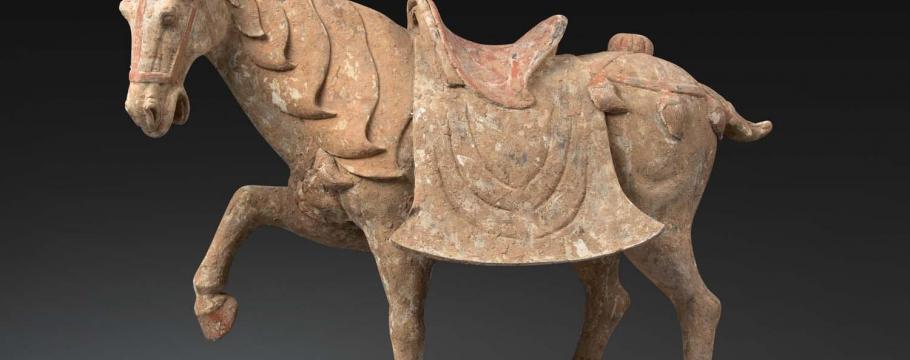
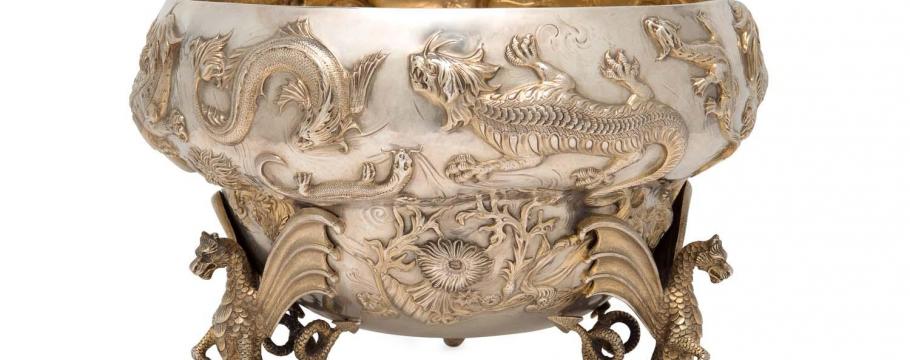
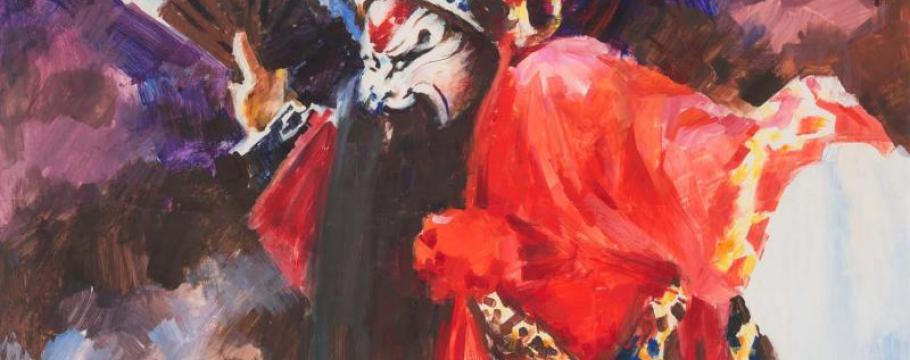
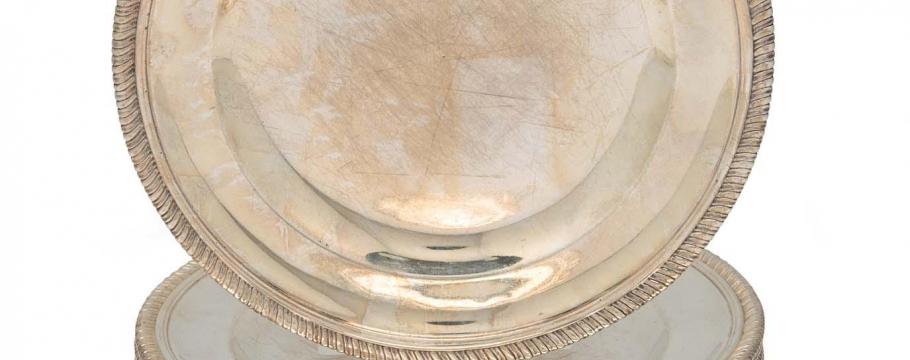
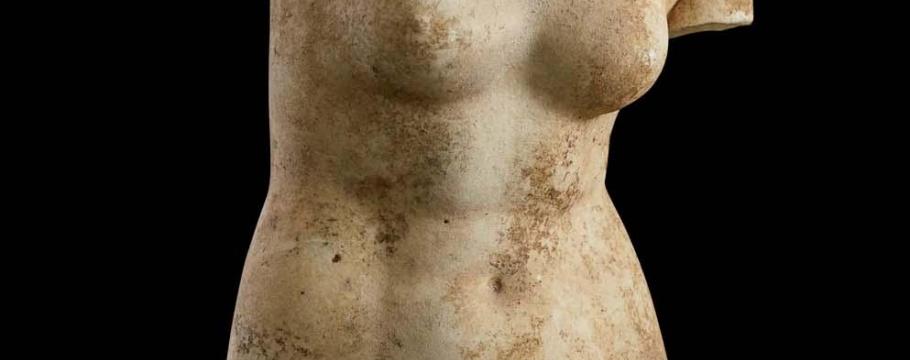
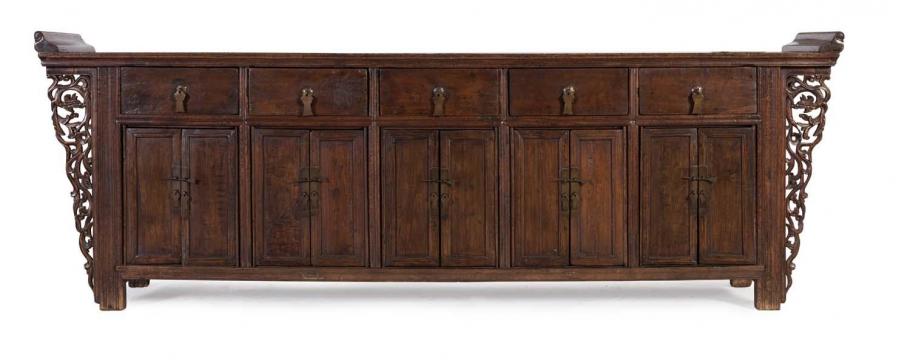
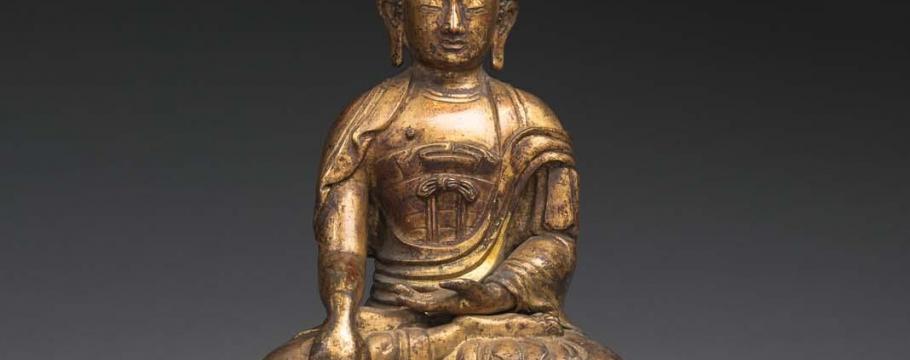
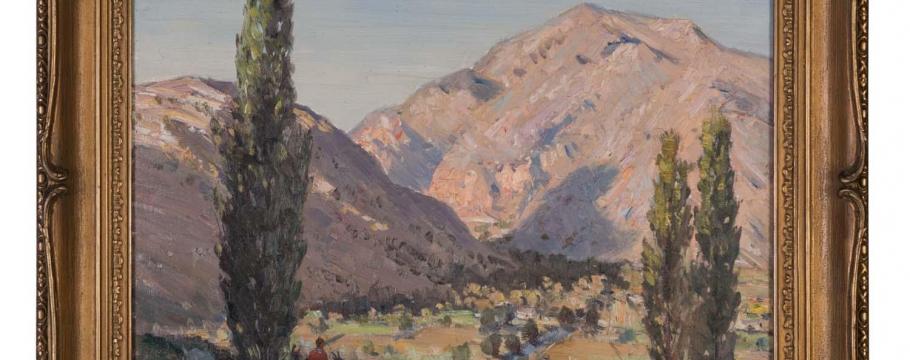
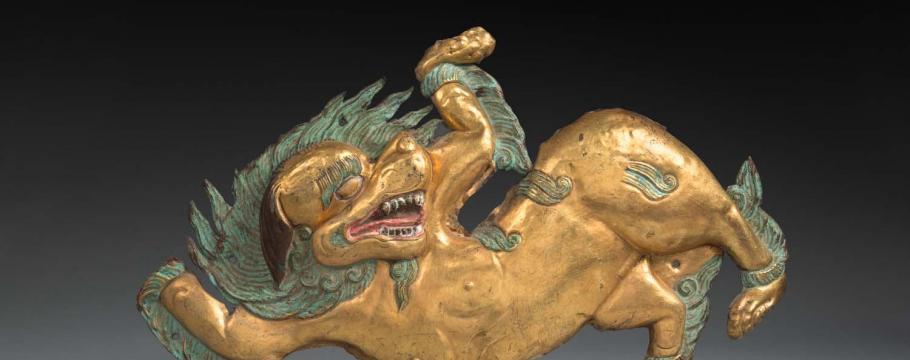
Historical sterling silver pieces add huge auction interest
Author: Richard Brewster | Posted: 25th August, 2017
A rare Victorian gilt sterling silver suite of a Warwick vase and cover and four matching bowls made in 1842 by London silversmith Benjamin Smith for British politician, traveller and author James Emerson (1804-1869) is the highlight of an extensive sterling silver collection – part of Mossgreen’s International Decorative Arts auction from 10am Tuesday August 29 at 926-930 High Street, Armadale.
Born in Belfast and educated at Belfast Academy and Trinity College in Dublin, Emerson befriended Lord Byron during his Greek travels and supported the Greek Revolution against the Ottomans.
In 1831, he married Letitia, daughter and heiress of wealthy Belfast merchant banker William Tennent.
After Tennent died the following year, Emerson adopted his wife’s surname (becoming Emerson-Tennent) and coat of arms (added to his own). At the same time he entered British Parliament as the Member for Belfast.
In 1845, Emerson was knighted and appointed Colonial Secretary of Ceylon where he remained for five years, wrote works on the Natural History and Antiquities of Ceylon and was elected President of Ceylon Branch of the Royal Asiatic Society.
On his return to Britain, he became the Member for Lisburn and from 1852 to 1867 was secretary to the Board of Trade, when he then retired. During that time, he invented competitive exams for the Civil Service.
Emerson built Tempo Manor, his family seat, in County Fermanagh to Sir Charles Lanyon’s design and on his retirement received a baronetcy. His full-length portrait hangs in Belfast City Hall.
Other significant sterling silver pieces in the auction include a large Edward VII Chinoiserie circular centrepiece bowl, made in 1907 by London’s Goldsmiths & Silversmiths Company, and a George II set of 12 dinner plates dated 1737 by George Wickes.
The arms featured on the plates are those of Thomas Villiers (1709-1786), second son of William Villiers, second Earl of Jersey.
Educated at Eton and Queen’s College Cambridge, Thomas became a diplomat and in 1737 was envoy to Warsaw.
Following his diplomatic service, from 1747 to 1756 he was the Member for Tamworth and Lord of the Admiralty for 12 months during that time.
In 1752, Thomas married Charlotte, daughter of the Earl of Essex, and four years later was created Baron Hyde.
A Privy Councillor, he was joint Postmaster General from 1763 to 1765 and appointed Chancellor of the Duchy of Lancaster from 1771 until his death – becoming Earl of Clarendon in 1776.
Other significant items in the auction include a late 1st century/early 2nd century half size Roman marble torso of the naked goddess of Love from the 1978-1984 Hubay Collection and exhibited at the University of Melbourne from 1985-1990.
A Tibeto-Chinese gilt-repousse seated figure of Shakyamuni Buddha dating from the Qing Dynasty (1736-1795) is another attraction, along with a large 19th century Chinese Shanxi elm wood sideboard and large Chinese grey pottery Tang Dynasty (618-906) horse from the David Henwood Collection in Moss Vale, New South Wales.
An 18th century large Tibetan gilt copper snow lion and a framed Chinese painting by Zhu Xiyong depicting an opera character are other attractions.
From the private collection of Pat Baer, co-founder of the National Gallery of Victoria gallery guides, comes James R. Jackson’s oil painting entitled Spanish Landscape, 1907.





